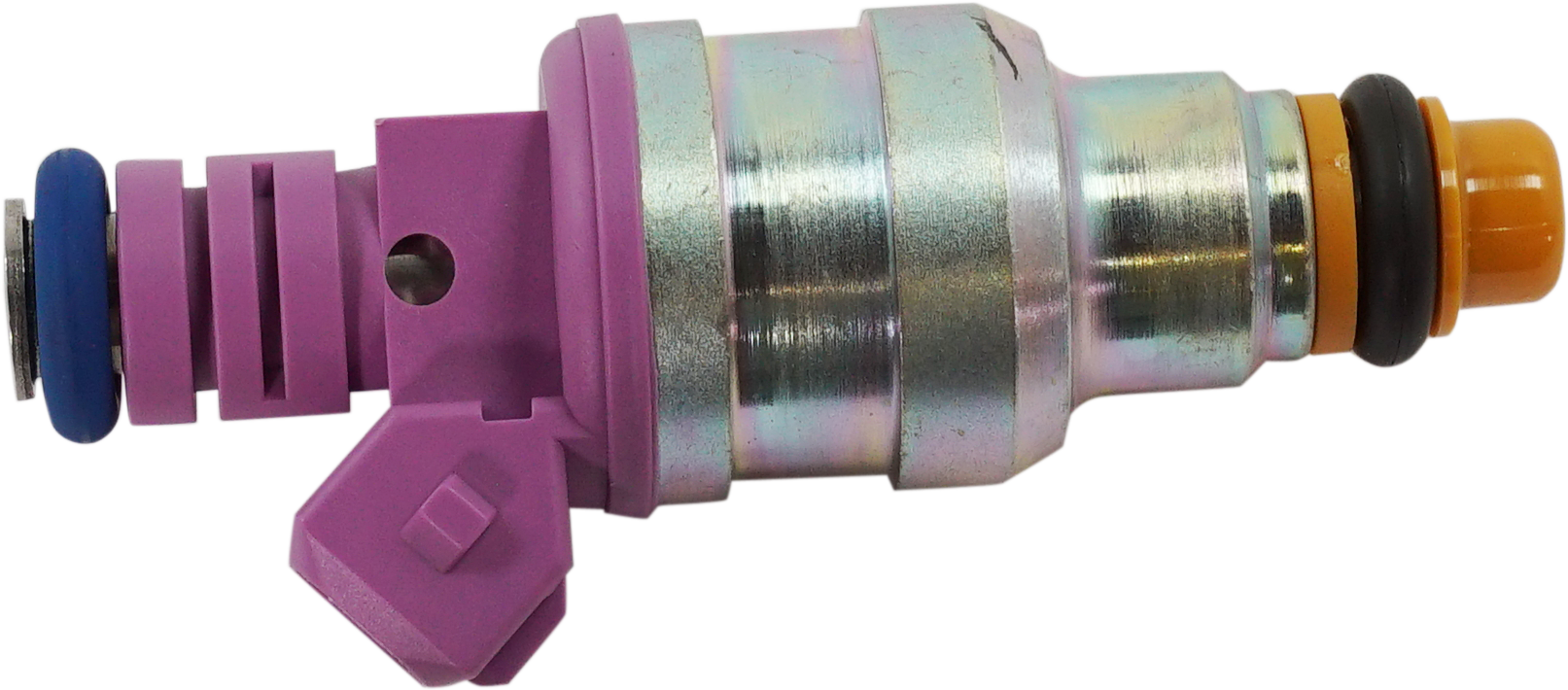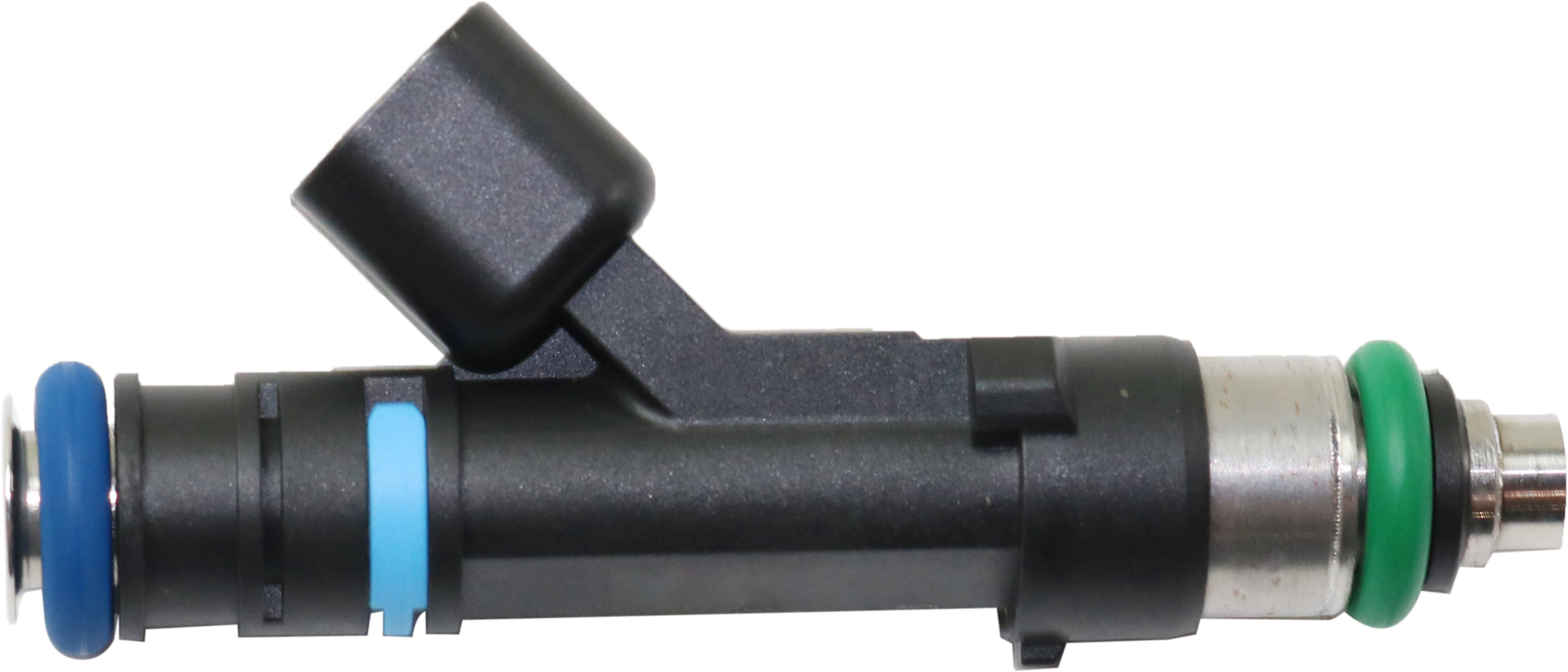Caution: Always wear face and eye protection and have a fire extinguisher within easy reach if you decide to try and clean fuel injectors yourself, and use good equipment and methodology.
Fuel injectors, which help vehicles achieve higher fuel efficiency and better emission control, are said to be “non-wearing” items. In fact, they are so sturdy they can last the shelf-life of a car.
However, like any other part, fuel injectors are not exempt from damage. You can still have a bad fuel injector, and usually clogging (due to dirt, carbon build-up or watered-down gasoline) is the culprit. Read on to learn how to clean fuel injectors and how to tell when to leave it to experts.

Can You Clean Fuel Injectors?
If an engine has been sitting fallow long enough for the fuel to become rancid or spoiled (you can smell it and detect this), varnish deposits from rotten fuel can cause the injector spray patterns to be skewed. However, you usually won’t see this unless you remove the injectors, pressure them up, and open each one so you can observe the spray pattern. Chemicals can work toward correcting this, but in some cases they just break new varnish deposits loose from the fuel lines and rail and make the problem worse.
If you’re experiencing misfires, cutting out, and other symptoms that might be isolated to one or two cylinders and you’ve eliminated the ignition system, the injectors might need cleaning. Chemicals will dissolve varnish, carbon, etc. if the right chemicals are used and the job is done properly.
Some drivers rely on mixing additives and detergents with their gasoline to remedy the clogging. Products that are designed to prevent this work well if you use a good brand. But note that while these substances can reduce gasoline vapor deposits, they can’t entirely eliminate the impurities.
Should You Clean Fuel Injectors Regularly?
To avoid fuel injector problems, some experts recommend cleaning the injectors using a dedicated fuel injector cleaner every 25,000 to 30,000 miles. But then again, other experts say regular injector cleaning is a waste of money–so you decide.
Moreover, it’s best practice to inspect your fuel injectors as early as possible. If you find them clogged, cleaning them may suffice. You can choose to have a professional mechanic do it for you (typical fuel injector cleaning cost is between $50 and $80), or you can do it yourself (disclaimer: doing it yourself is not highly encouraged). But there are tools available that aren’t very expensive and are safe to use if you follow the instructions.
As for a cracked or damaged fuel injector, replacement is necessary.
How to Clean Fuel Injectors without Removal
Important: The procedures below are not for GDI engine vehicles, which require many more special tools and much training. Hire a shop if you have GDI.
DIY-ing the job is not advisable for beginners. That’s because it requires a deeper understanding of the engine. Aside from that, the right equipment and proper procedure are necessary to yield good results.
However, if you want basic knowledge on how to clean injectors using a fuel injector cleaning kit, here’s what you need to know:
Materials you need:
- Fuel injector cleaning kit (should be compatible with your engine)
- Cleaning solvent (should be the kind recommended for your cleaning kit)
Step 1: Connect the cleaning kit to your engine’s fuel port. To do this, check your cleaning kit manual for the proper procedure (fuel injector cleaning kits vary in connection designs).
Step 2: Disable your fuel pump or disconnect the supply line and use the proper method to connect it to the return line so when the pump runs, the fuel will return to the gas tank and plug the return line outlet on the fuel rail (except on returnless fuel systems, which have no return line). Do this by plugging the fuel return line, or you can opt to insert a U-tube. Take note that your CPU might show error codes once your pump is disabled. You may clear the codes later.
Step 3: Disconnect the pressure regulator and connect the injector cleaning kit to the fuel inlet port.
Step 4: Remove the fuel cap from the gas tank to ensure there’s no build-up of pressure in the system.
Step 5: Attach the compressed air hose to the cleaning kit. Consult your service manual and check for the right fuel pressure for your vehicle. Open the valve of your cleaning kit until it matches your car’s required fuel pressure.
Step 6: Start your engine and let it run for about five to 15 minutes to let the cleaning solvent pass through the injectors. The engine should shut off once the cleaning kit has used up the solvent.
Step 7: Lastly, reverse the steps (disconnect the kit and activate the fuel pump and fuel generator). After everything is back to normal, run your engine again and check for unusual noises and check for fuel leaks. If you hear clicking sounds in a rapid succession or gas starts spewing everywhere, it means your fuel injectors are working perfectly.
Congratulations! You now know how to clean fuel injectors. Once you get the hang of it, you can enjoy savings on the labor cost that you pay mechanics to do this job for you.
Replacing Your Vehicle’s Fuel Injector
Cleaning your fuel injector is a great way to assess its condition. If you spot issues that could affect its performance once it’s free of dirt, carbon, and other contaminants, don’t put off replacing it. Fortunately, finding a replacement is easy when you shop online at CarParts.com.
The best part? You won’t even have to take one step outside your home to get your hands on a new fuel injector. Simply use your mobile device or computer to visit our website. Then, fill out our vehicle selector and use our search filters to find the perfect replacement for your ride.
We make it a point to get our auto parts from the most trusted manufacturers in the industry. Our fuel injectors are also carefully selected by a team of professionals to ensure they perform like their stock counterparts.
If you’re shopping while on a tight budget, don’t worry. All our products come with a low-price guarantee, so you won’t have to break the bank to get a new fuel injector. On top of that, our warehouses are strategically located all over the US. This means you’ll receive your order in just a few days.
Check out our catalog and shop now!
Shop this Project



Any information provided on this Website is for informational purposes only and is not intended to replace consultation with a professional mechanic. The accuracy and timeliness of the information may change from the time of publication.



















